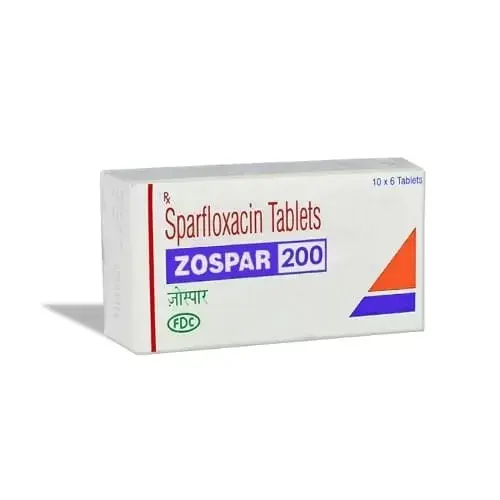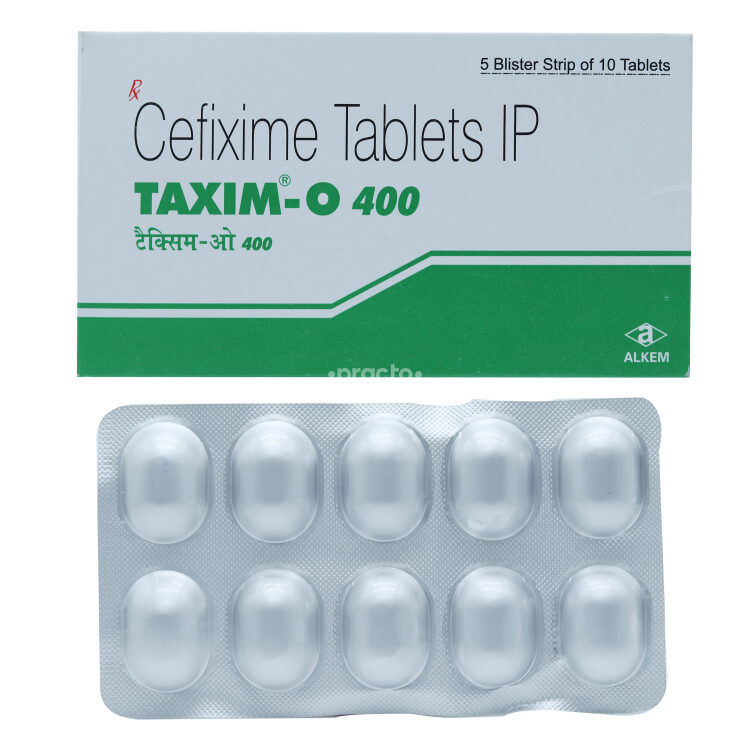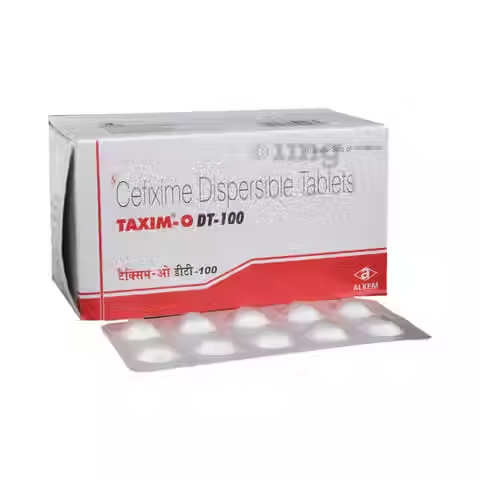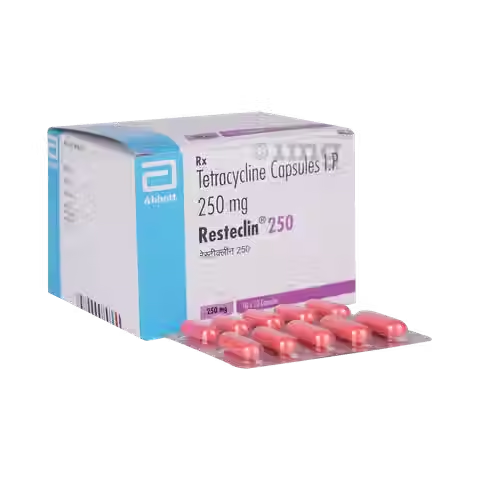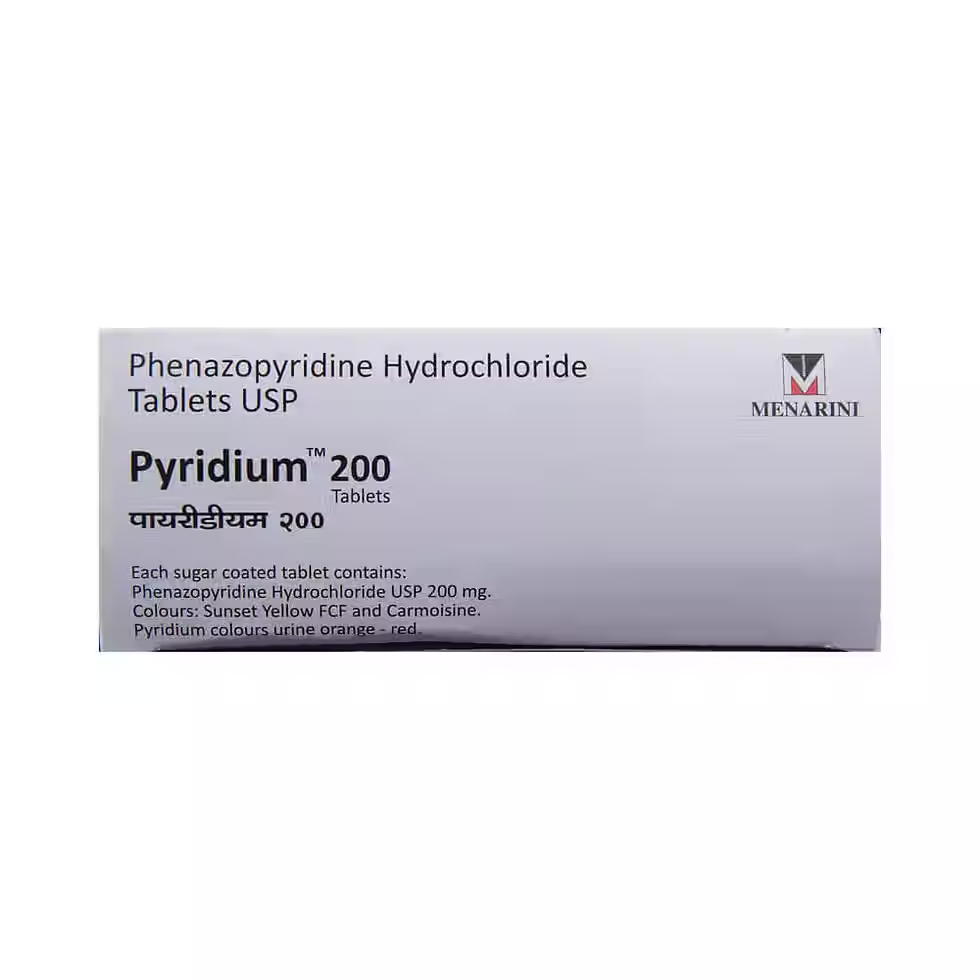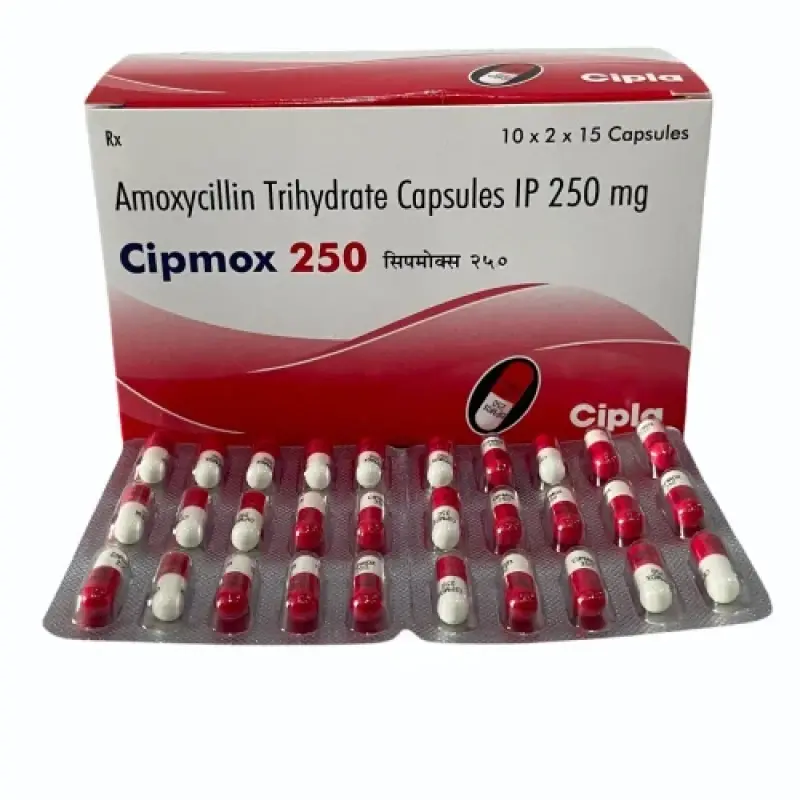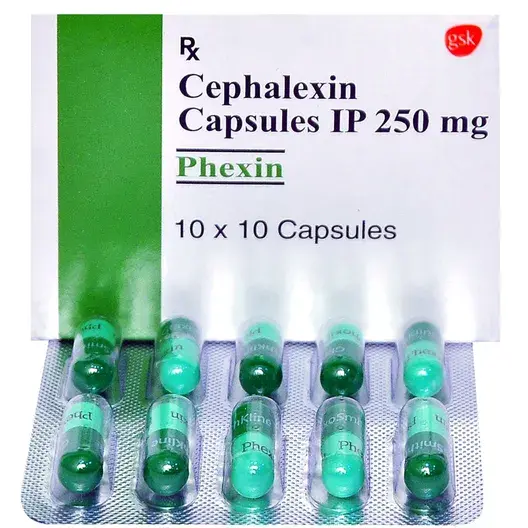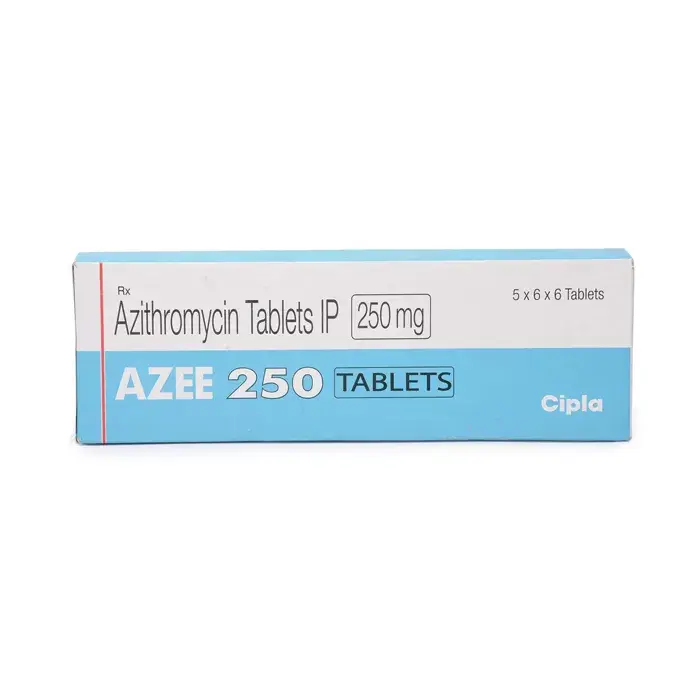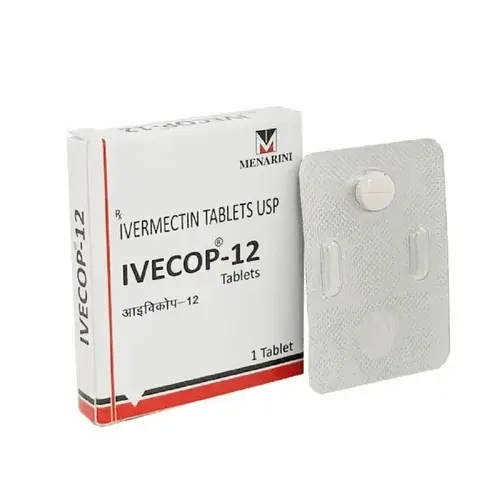Antibiotics are medications that kill or inhibit the growth of bacteria. They’re classified by mechanism—such as β-lactams (Amoxicillin, Cefixime), macrolides (Azithromycin, Roxithromycin), fluoroquinolones (Ciprofloxacin, Ofloxacin), tetracyclines (Doxycycline, Tetracycline), and others—and are prescribed based on the type and severity of the infection.
-
Respiratory: Cough (often productive), fever, chest pain, shortness of breath
-
Urinary: Burning sensation when urinating, frequent urge, cloudy or bloody urine
-
Gastrointestinal: Abdominal pain, diarrhea, nausea, vomiting
-
Dermatologic: Redness, swelling, warmth, pus or drainage from wounds
-
Systemic: High fever, chills, body aches, fatigue
-
-
Pathogen Exposure: Inhalation, ingestion, or contact with contaminated surfaces
-
Compromised Immunity: Diabetes, HIV, chemotherapy, or steroid use
-
Invasive Procedures: Catheters, IV lines, surgical wounds
-
Poor Hygiene: Unwashed hands, contaminated food or water
-
Close Contact: Crowded living conditions, daycare centers, hospitals
-
-
Seasonal Variations: Winter increases respiratory infections
-
Antibiotic Misuse: Incomplete courses or overuse leading to resistant strains
-
Chronic Conditions: COPD, kidney stones, urinary retention
-
Travel & Environment: Exposure to new pathogens, unsanitary settings
-
Skin Breaks: Cuts, insect bites, eczema patches
-
-
Clinical Evaluation: History of symptoms and physical examination
-
Laboratory Tests:
-
Blood Tests: CBC for elevated white blood cells
-
Cultures: Sputum, urine, wound swabs to identify the organism
-
-
Imaging: Chest X-ray, ultrasound, or CT scan to locate deep infections
-
Sensitivity Testing: Determines which antibiotic will be most effective
-
-
Penicillins & β-Lactams:
-
Amoxicillin, Ampicillin, Cefixime, Cephalexin—first-line for many infections
-
-
Macrolides:
-
Azithromycin, Roxithromycin—for respiratory and atypical bacterial infections
-
-
Fluoroquinolones:
-
Ciprofloxacin, Ofloxacin—for urinary and gastrointestinal infections
-
-
Tetracyclines:
-
Doxycycline, Tetracycline—broad spectrum, including acne and tick-borne diseases
-
-
Sulfonamides & Trimethoprim:
-
Co-trimoxazole—for UTIs and certain skin infections
-
-
Aminoglycosides & Others:
-
Gentamicin, Linezolid—reserved for severe or resistant infections
-
-
Treatment Principles:
-
Always complete the full prescribed course
-
Adjust therapy based on culture & sensitivity results
-
Monitor for side effects (GI upset, allergic reactions, tendonitis with quinolones)
-
-
Q1: How long does it take for antibiotics to work?
A: Many patients feel better within 48–72 hours, but you must finish the entire course to prevent resistance.
Q2: Can I stop antibiotics once I feel better?
A: No—stopping early can lead to relapse or resistant bacteria. Always complete the prescribed duration.
Q3: What are common side effects?
A: Gastrointestinal upset (nausea, diarrhea), yeast infections, rashes, and—in rare cases—allergic reactions.
Q4: Do antibiotics treat viral infections?
A: No—antibiotics are ineffective against viruses like the common cold or flu.
Q5: How can I reduce antibiotic resistance?
A: Use antibiotics only when prescribed, complete the full course, and avoid sharing medications.
